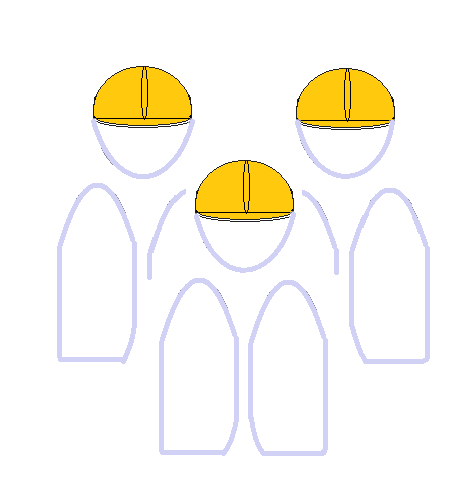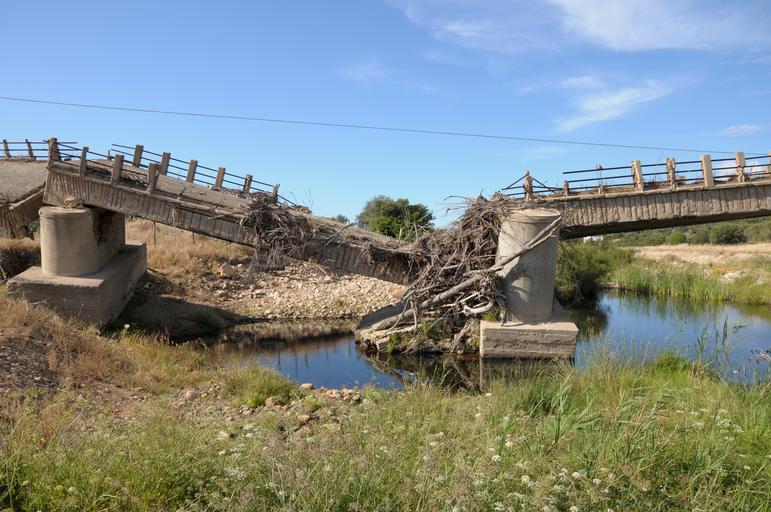It is a very common way for people to think that a building or a bridge to be safe and stable as long as it has the usual slick and attractive looks. This assumption can be wrong if these structures are not designed and built as per the industry standards. So, why do buildings and bridges fail? Here are top ten lists
READ HELPFUL BOOKS ON THIS TOPIC
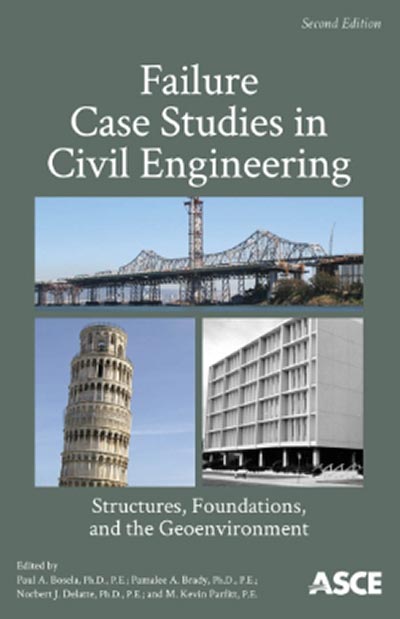
Failure Case Studies in Civil Engineering: Structures, Foundations, and the Geoenvironment
By ASCE
The book compiles 50 real-world engineering failures, analyzing causes such as design flaws, construction errors, and unexpected conditions, while highlighting the lessons learned. The book is widely valued as a teaching resource for linking theory to practice, helping students and professionals understand how failures occur and how to prevent them in future projects.
More Books
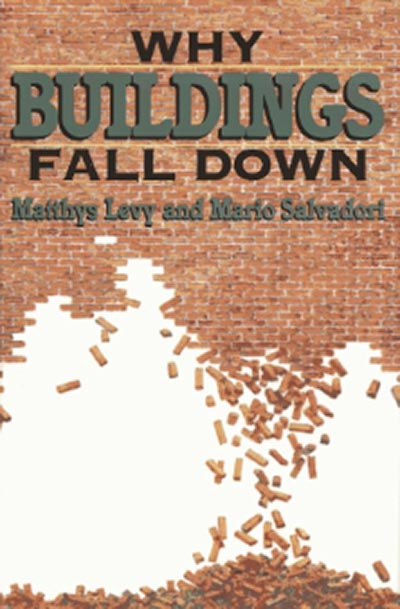
Why Buildings Fall Down: How Structures Fail
By Matthys Levy & Mario Salvadori
The book explores the many ways in which structures collapse, using historical and modern case studies. It covers failures due to natural forces (earthquakes, wind, soil settlement), design or material flaws, overloading, fatigue, and lack of redundancy. The book mixes technical explanations (in accessible terms) with real disasters—like bridge collapses, failed dams, and building walkways—and offers lessons on how engineering, regulation, and maintenance can help prevent future catastrophes.
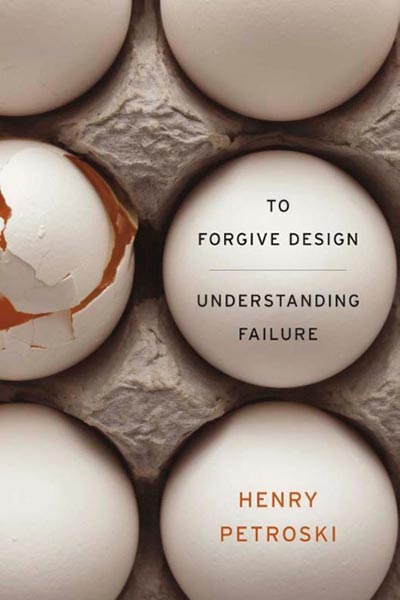
To Forgive Design: Understanding Failure
By Henry Petroski
The book examines how engineering failures happen—not just because of design errors, but due to a complex mix of human, social, economic, and cultural factors. He reviews famous disasters—from bridge collapses and oil spills to structural collapses—and shows how failing to anticipate failure, or admitting risk, often worsens outcomes. Ultimately, the book argues that understanding and owning up to failure is essential: failures teach lessons that lead to safer, more thoughtful design.
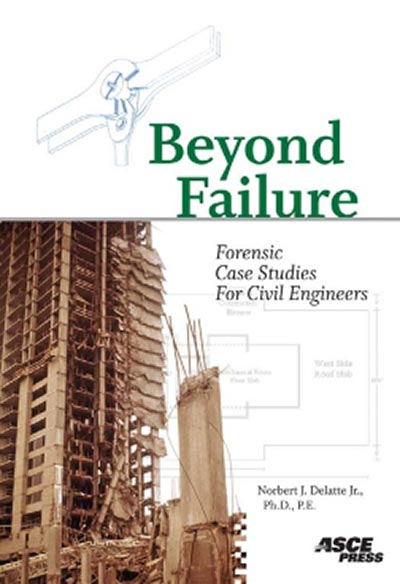
Failure Mechanisms in Building Construction
By ASCE
The book investigates how and why buildings fail, breaking down a wide variety of failure types, their root causes, and how they can be diagnosed. It contains many case studies (shelf-angles, glazing leaks, masonry/plank issues, frame shortening, etc.) showing the symptoms, technical causes, and identifying characteristics of each failure type. It also includes guidance on how to conduct forensic investigations—fieldwork, lab testing, report writing, and even expert testimony—and ends with an annotated bibliography and index of failure mechanisms.
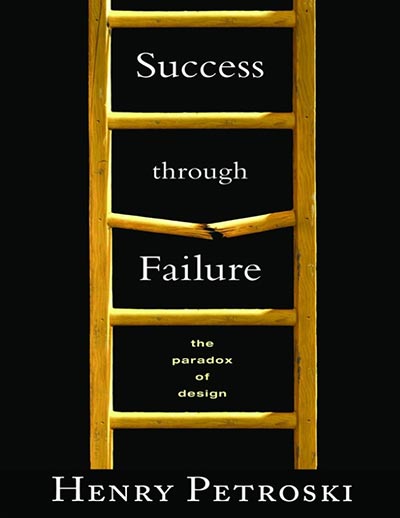
Success Through Failure: The Paradox of Design
By Henry Petroski
The book shows how failures drive innovation, arguing that studying design breakdowns—from bridges to space shuttles—reveals weaknesses, informs improvements, and ultimately makes engineering safer and more successful.
1. Structural Failure
Buildings and bridges are designed to carry loads from people, animals, vehicles, wind and so on. These loads are transferred to the ground using structural elements (like slab, beam, column, girder, etc.). Structural failure occurs when the design or arrangement of these elements cannot withstand the applied forces. Any design or construction error/problem in these elements will lead to failure of part or all of the structure.
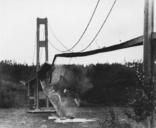
Example
The Tacoma Narrows Bridge (USA, 1940) — nicknamed “Galloping Gertie”, it collapsed due to aeroelastic flutter, a structural failure caused by wind vibrations not considered in the design.
2. Foundation Failure
buildings and bridges stand on the ground. Simply stated, this ground need to be stable and firm to carry load from these structures. A foundation is a structural element which transfers load from the structure to the ground. Poor site investigations, bad design/construction of foundation, unstable ground, or settlement means sinking or falling down of building/bridge. Famous failures often trace back to weak or inadequate foundations.
Example
Leaning Tower of Pisa (Italy) — although still standing, it tilted due to weak, unstable soil beneath its foundation. In worse cases, entire buildings sink or crack.

3. Construction Material
Construction of buildings and bridges involves different material types with huge quantities. Examples of these material types are wood, steel, concrete, masonry, bricks, etc. The quality of these materials is directly related to their strength and their load carrying capacity. If sub-standard or poor quality material is used, failure is eminent. The structural failure will be critical in case this material is used in structural elements like building columns and bridge girders/piers. Even when designs are correct, the use of poor materials compromises performance, leading to cracking, spalling, or eventual collapse.
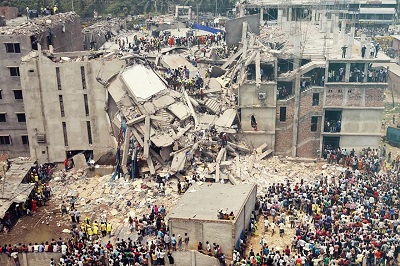
Example
Rana Plaza Collapse (Bangladesh, 2013) — substandard concrete and steel were used in addition to illegal building extensions, leading to a catastrophic collapse that killed over 1,100 people.
4. Loading
In designing buildings and bridges, the type and magnitude of loads are computed using industry standards. Any major deviation from this calculated loads or types will incur unexpected forces on structure elements which could lead to disastrous failures. Failure occurs when actual loads exceed the design capacity due to overcrowding, excessive storage, or unexpected use.
Example
Hyatt Regency Walkway Collapse (USA, 1981) — an improperly designed connection detail couldn’t withstand the weight of hundreds of people gathered during a dance event, killing 114 people.
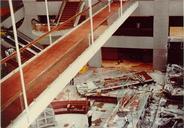
5. Fatigue and Wearing
Fatigue and wearing is a process in which a material losses part of its initial quality through repetitive loading, vibrations, or temperature variations. In this case, proper inspection and maintenance need to be done which otherwise lead to permanent failure.
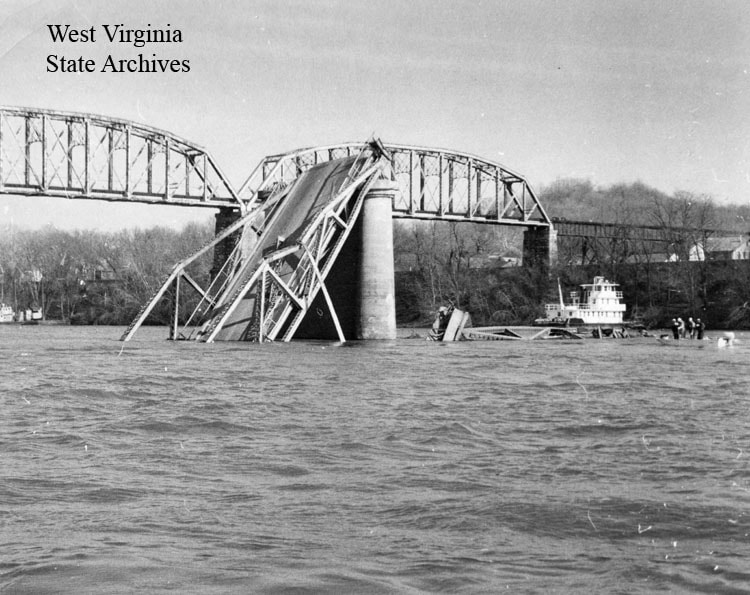
Example
Silver Bridge Collapse (USA, 1967) — the suspension bridge fell due to metal fatigue in a single eye bar link, causing 46 fatalities.
6. Construction Workmanship
Construction workmanship refers to man power skill, use of equipment, procedure and safety standards. Improper concrete mixing, weak welds, misaligned reinforcements, shortcuts during execution, and lack of supervision are common issues. Human error and negligence during construction directly translate to structural weakness and long-term risks.
Example
Lotus Riverside Apartment (China, 2009) — a 13-story building toppled after improper excavation weakened its base.
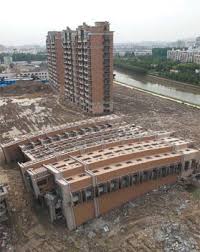
7. Natural Disaster
Earthquakes, volcanoes, floods, landslides, etc. account for natural disasters. The forces from these natural phenomena are enormous for buildings and bridges to bear. But, the design of buildings and bridges need to consider these forces to some extent. This consideration will make evacuation and lifesaving work possible in case of disaster.
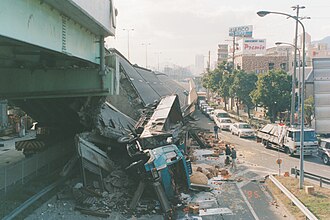
Example
Kobe Earthquake (Japan, 1995) — thousands of buildings and bridges collapsed because older structures weren’t designed to resist strong seismic activity.
8. External Forces
Erosion, scour, chemical degradation, etc. are preventable forces which damage buildings and bridges. Proper investigation at design stage and monitoring during service will alleviate the damage from these forces.
Example
I-35W Mississippi River Bridge (USA, 2007) — collapsed during rush hour, partly due to design flaws but worsened by external stresses, including construction loads.
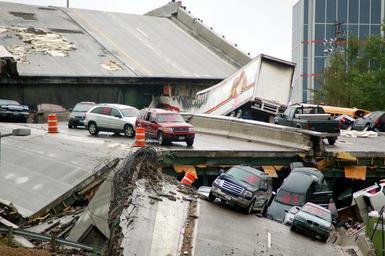
9. Construction Planning
Poor planning—such as inadequate site surveys, weak logistics, rushed schedules, and lack of coordination—creates hidden risks. If planning fails to account for timelines, resources, or site constraints, quality often suffers. Poor planning may also mean critical tests and inspections are skipped, increasing chances of failure. These invisible crucial planning problems will integrate with above failure causes to bring down buildings and bridges to the ground. Read our article on this subject: Construction Planning for Owners and Project Managers.
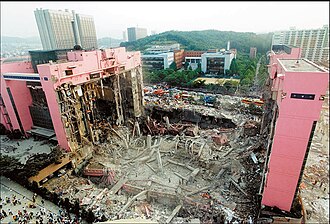
Example
Sampoong Department Store (South Korea, 1995) — unauthorized design changes and poor planning led to one of the deadliest building collapses in history, killing over 500 people.
10. Construction Management
Even with a strong design and plan, weak management can bring failure. Lack of supervision, poor communication among teams, ignoring safety protocols, and cost-cutting measures all compromise project integrity. Effective project management ensures quality control, proper sequencing, inspections, and adherence to design standards—its absence invites disaster.
Example
FIU Pedestrian Bridge (USA, 2018) — warnings were ignored and oversight was weak, leading to collapse just days after installation, killing six.
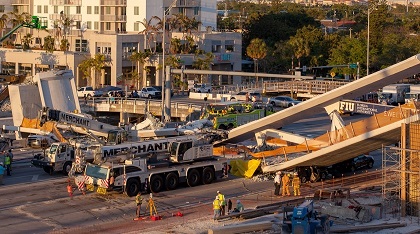
Conclusion
Every building and bridge failure tells a story—not only of broken concrete and twisted steel but also of human oversight, negligence, or lack of preparation. By studying these causes, engineers, managers, and stakeholders can prevent history from repeating itself. Strong design, quality materials, skilled workmanship, proper planning, and robust management together create structures that truly stand the test of time.
WHAT DO YOU THINK OF THE ABOVE ARTICLE?
Share your ideas with our community via the comment box below.
OR
